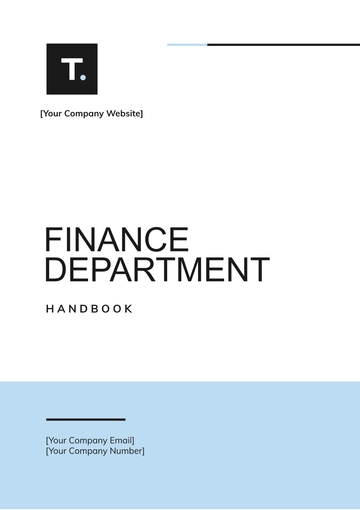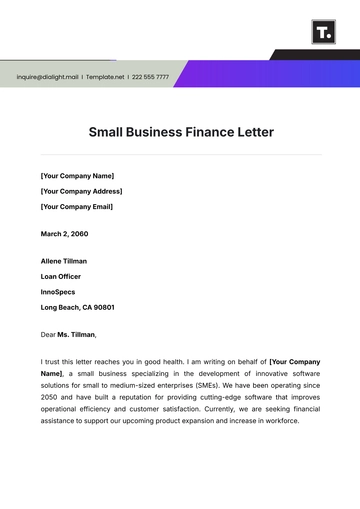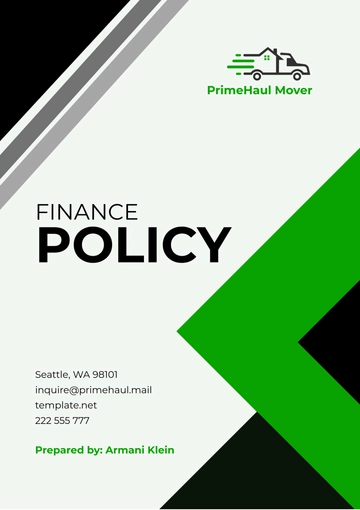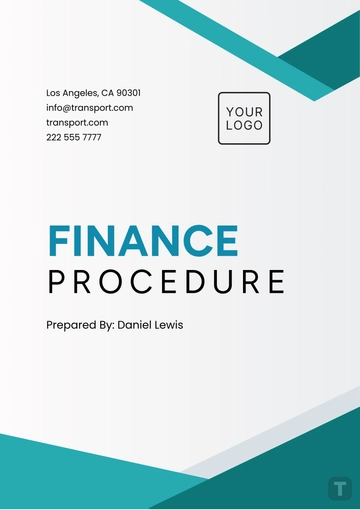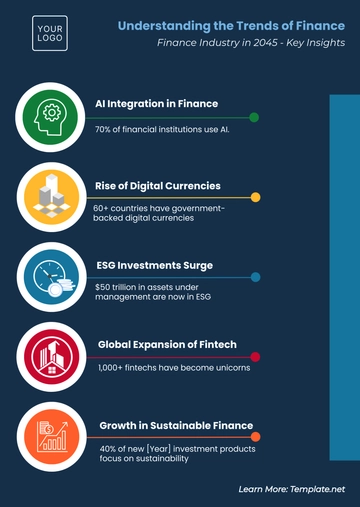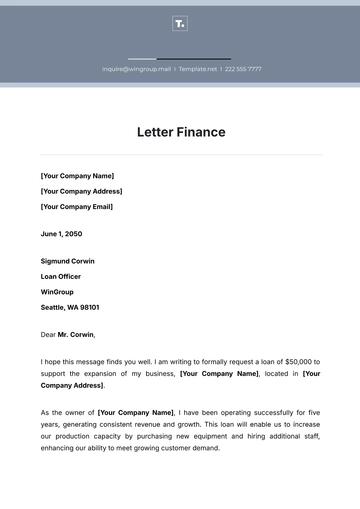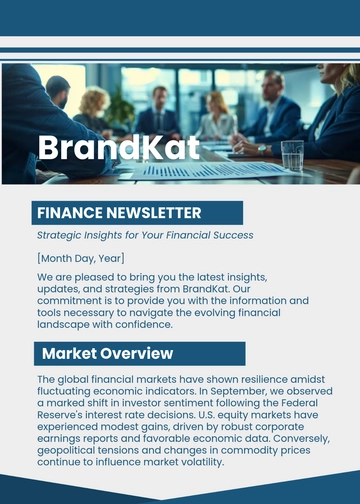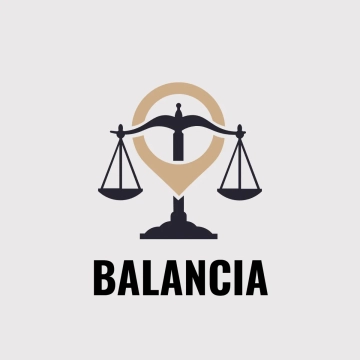Free Strategic Financial Document
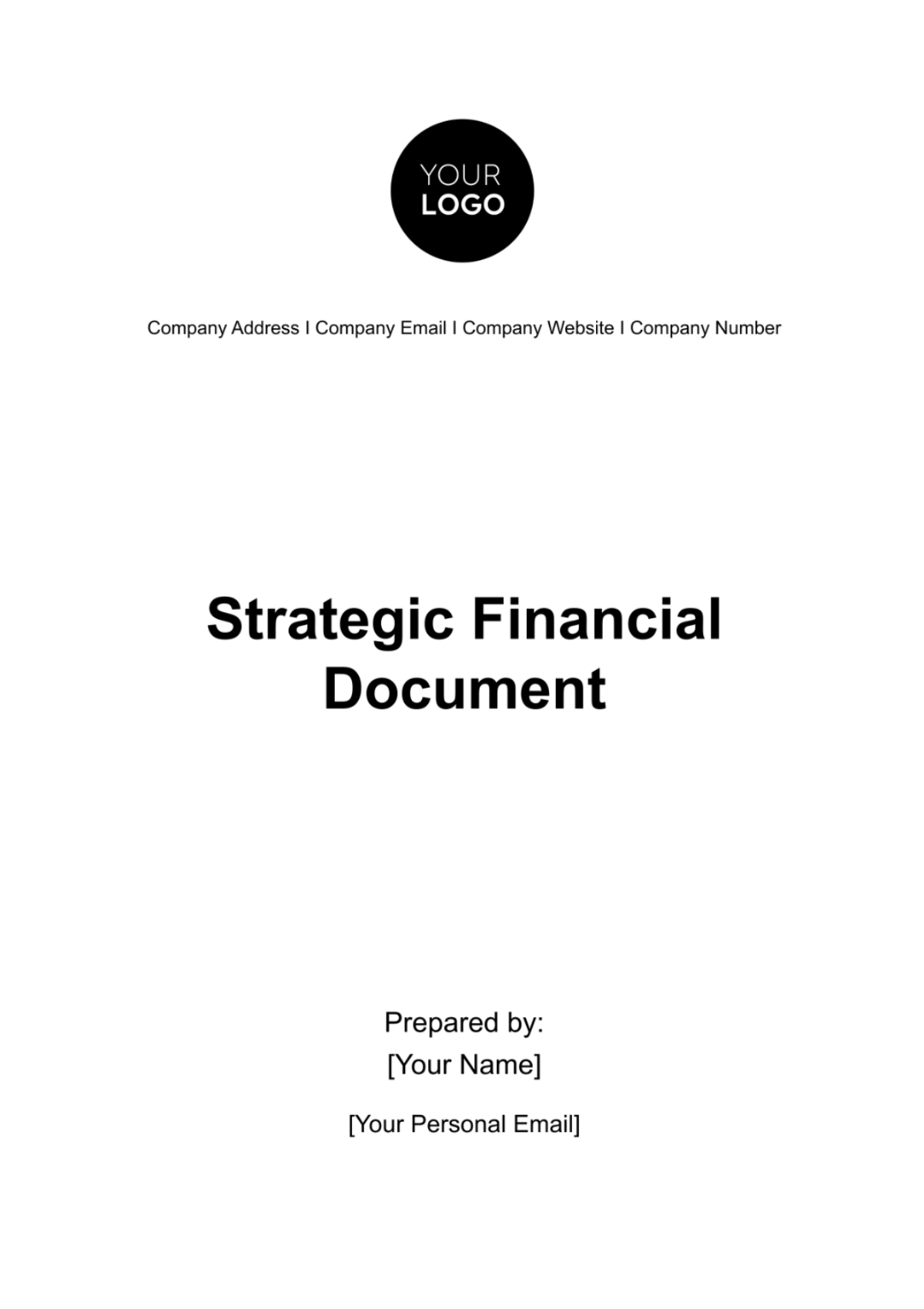
Strategic financial planning is the process of establishing how a business will achieve its strategic objectives and missions, focusing specifically on its financial resources and capabilities. This document provides an overview of our strategic financial plan, balancing our short-term and long-term business goals.
Executive Summary
[Your Company Name] presents this Strategic Financial Document to outline our ambitious yet attainable financial objectives and the comprehensive strategies devised to achieve them. Our primary aim is to bolster our market position, ensure sustainable growth, and maximize shareholder value over the next five years. This strategic blueprint is anchored in rigorous market analysis, prudent financial planning, and a keen understanding of emerging financial trends and regulatory landscapes.
In pursuing these objectives, we are committed to deploying innovative financial technologies, optimizing operational efficiencies, and exploring new market opportunities. Our strategies include diversifying our investment portfolio, enhancing risk management protocols, and pursuing strategic partnerships and acquisitions. This document details a series of targeted actions and initiatives, each meticulously designed to contribute to our overarching financial goals, while adhering to the highest standards of regulatory compliance and ethical business practices in the U.S. finance sector.
Company Overview
[Your Company Name] has a storied history dating back to [2050], when it first opened its doors as a boutique financial advisory firm. Over the decades, we have grown exponentially, transforming into a full-service financial institution renowned for our comprehensive suite of services and customer-centric approach. Our evolution has been driven by a commitment to innovation, excellence in service, and a deep understanding of the ever-changing financial landscape.
Structurally, [Your Company Name] is headquartered in [Your Company Location], with a widespread network of branches strategically located across the United States. Our organizational framework is designed to optimize efficiency and responsiveness, comprising specialized departments such as Asset Management, Retail Banking, Corporate Finance, and Risk Management. Each department plays a crucial role in our overall operation, ensuring a holistic approach to financial services and client satisfaction.
At the core of our business activities are our diverse service offerings. We provide personal and corporate banking solutions, investment management, wealth advisory, loan and mortgage services, and comprehensive financial planning. Our focus has always been on leveraging the latest financial technologies and innovative strategies to enhance our service quality. This commitment not only positions us at the forefront of the financial services industry but also underpins our strategic financial goals and the methods we employ to achieve them.
Market Analysis
In this comprehensive analysis, we delve into the market landscape for [Your Company Name], focusing on current trends, a thorough competitor analysis, and identifying key market opportunities. This insight is crucial for aligning our strategic financial planning with real-world market dynamics.
Market Trends
The financial services sector is currently shaped by several pivotal trends:
a. Digital Transformation: There's a significant shift towards digital banking solutions, driven by customer demand for convenience and efficiency.
b. Regulatory Changes: Ongoing adjustments in financial regulations are impacting operational and compliance strategies.
c. Economic Fluctuations: Economic trends, including interest rate changes and market volatility, directly influence consumer behavior and investment strategies.
d. Sustainability and Social Responsibility: Increasing focus on ethical investing and sustainable business practices is reshaping client expectations and corporate policies.
Competitor Analysis
Our main competitors – [Competitor 1], [Competitor 2], and [Competitor 3] – are excelling in various domains:
a. [Competitor 1]: Known for their advanced digital banking platform and customer service innovations.
b. [Competitor 2]: Stands out in investment management and global market reach.
c. [Competitor 3]: Notable for their sustainable investment options and strong corporate banking services.
Understanding their strategies and market positioning helps us refine our competitive edge.
Market Opportunities
Key opportunities identified include:
a. Technology Integration: Investing in fintech collaborations to enhance digital banking services.
b. Underserved Markets: Targeting niche markets or geographical areas with less competition.
c. Personalization: Utilizing AI and data analytics for tailored financial advice and product offerings.
d. Sustainable Finance: Capitalizing on the growing demand for sustainable and ethical investment options.
Financial Statements and Analysis
[Your Company Name] has set forth ambitious yet achievable financial targets for the upcoming years, aiming to solidify our position in the competitive finance sector. Our primary objective is to achieve a [15%] annual increase in revenue over the next five years, driven by expanding our service portfolio and enhancing operational efficiency. We are also targeting a sustained improvement in our net profit margin, aiming to reach [12%] by capitalizing on cost-effective strategies and tapping into new revenue streams.
In terms of investment returns, we aim for a [10%] annual return on investment (ROI), focusing on strategic investments in technology and market expansion. Additionally, we plan to maintain a healthy cash flow, ensuring sufficient liquidity for operational needs and future growth opportunities. These financial goals and objectives are designed not only to drive financial success but also to align with our broader strategic vision of innovation, customer satisfaction, and market leadership.
Strategic Initiatives
To achieve our outlined financial goals, [Your Company Name] has developed a series of targeted strategic initiatives. These initiatives are categorized into new product launches, market expansions, and efficiency improvements, each designed to contribute significantly to our financial targets.
New Product Launches
[Fintech Solutions]: Introduce advanced digital banking platforms integrating AI for personalized customer experiences.
Sustainable Investment Products: Launch a range of eco-friendly investment options to cater to the growing demand for ethical investing.
Market Expansions
Geographical Expansion: Enter new regional markets with high growth potential, particularly focusing on underserved areas.
Diversification: Expand into related financial services, such as insurance and wealth management, to broaden our customer base.
Efficiency Improvements
Operational Optimization: Implement process automation and data analytics to streamline operations, reducing costs and improving service delivery.
Risk Management Enhancements: Upgrade risk management frameworks to minimize financial risks and enhance decision-making efficiency.
Budgets and Forecasts
The following table provides a detailed budget and financial forecast for [Your Company Name] for the upcoming fiscal year. These figures are based on our current market analysis, expected economic conditions, and our strategic initiatives.
This analysis is instrumental in guiding [Your Company Name]'s strategic financial decisions and identifying areas for growth and innovation.
Year | Revenue | Costs | Profit | Investments |
|---|---|---|---|---|
2021 | $1.2M | $800k | $400k | $180k |
2022 | $1.5M | $1M | $500k | $225k |
Financial Strategy
A. Revenue Growth
In order to achieve our growth targets, we have identified several opportunities for revenue generation, such as new markets to explore, product diversification, and pricing strategy revisions.
B. Cost Reduction
We'll also be looking for opportunities to reduce costs through operational efficiencies, renegotiating contracts with suppliers, and assessing our office space requirements.
Risks and Mitigation Strategies
This section outlines the potential financial risks that could impact our strategic objectives and how we plan to mitigate them.
Risk | Potential Impact | Mitigation Strategy |
|---|---|---|
Economy downturn | Decreased revenue | Diversifying product/service lines |
Inflation | Increased operating costs | Adjust pricing strategies |
Funding and Investment
[Your Company Name]'s funding and investment strategy is designed to support our growth objectives while maintaining financial stability. We have a balanced approach to sourcing capital and strategically investing our resources, ensuring long-term value creation for our stakeholders.
Sourcing Capital
Equity Financing: We plan to raise capital through equity financing, which may include issuing new shares or private equity investments, to avoid over-leveraging.
Debt Financing: Prudent use of debt financing, such as bonds or bank loans, will be employed, keeping an optimal debt-to-equity ratio to maintain financial health.
Internal Reserves: Reinvesting a portion of our profits is a key strategy, ensuring a sustainable source of funding for future projects.
Investment Strategy
Technology and Innovation: Major investments will be directed towards technology upgrades and innovation to enhance our digital banking services and operational efficiency.
Market Expansion: Allocating funds for geographical and service expansion, targeting high-growth potential areas.
Diversification: Investing in a mix of assets, including stocks, bonds, and real estate, to diversify our portfolio and mitigate risks.
Sustainable Investments: A significant focus will be on sustainable and socially responsible investments, aligning with our commitment to ethical business practices.
- 100% Customizable, free editor
- Access 1 Million+ Templates, photo’s & graphics
- Download or share as a template
- Click and replace photos, graphics, text, backgrounds
- Resize, crop, AI write & more
- Access advanced editor
Maximize your company's financial planning and strategy with Template.net's Strategic Financial Document Template. Expertly designed for clarity and compliance, this comprehensive template guides you through crafting essential financial documents. Ideal for businesses of all sizes, it ensures alignment with goals and industry standards, simplifying your strategic financial management process. Use our handy AI editor tool to edit and customize before freely downloading.

